What Is Drought-Tolerant Landscaping?
Artazum / Shutterstock.com
Editor’s Note: This story originally appeared on LawnStarter.
Whether you live in an arid climate or you’re committed to water conservation, drought-tolerant landscaping may be for you. In this article, you will learn what it is, why it is beneficial, and what plants you should consider for such landscaping.
Drought-tolerant landscaping allows a yard to thrive with low water through the use of native and drought-tolerant plants and grasses. Drought-tolerant plants have evolved to maximize how much water they absorb and minimize how much they lose.
It’s important to note, however, that even drought-tolerant plants will still need extra care and supplemental water while they’re acclimating to your yard.
The following is an overview of what you’ll need and what kinds of plants work for drought-tolerant landscaping.
Drought-Tolerant Landscaping Versus Xeriscaping
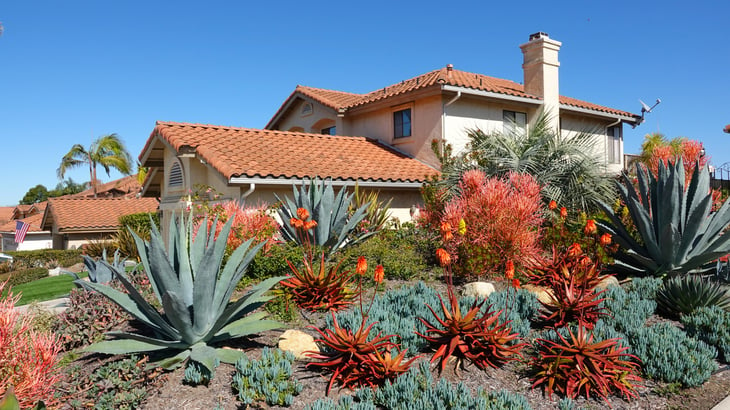 Simone Hogan / Shutterstock.com
Simone Hogan / Shutterstock.com
If you live out west, you’ve probably heard of xeriscaping—a term that combines the Greek prefix “xero,” meaning “dry,” with landscaping. LawnStarter has an excellent beginner’s guide to xeriscaping, but in short, xeriscaping is popular in many arid regions and is a type of drought-tolerant landscaping that often involves replacing lawn grass with rocks, mulch, walkways, and drought-tolerant species.
Drought-tolerant landscaping isn’t just for dry areas, though. From Mediterranean climates in California to the lush Blue Ridge Mountains, many homeowners are using drought-tolerant landscaping to reduce water use and adapt their yard to its native climate.
Why Drought-Tolerant Landscaping Makes Sense
 Monika Wisniewska / Shutterstock.com
Monika Wisniewska / Shutterstock.com
Drought-tolerant landscaping is a smart idea for your yard for many reasons.
You’ll save money. Reducing the need for water in your yard means you won’t have to spend as much to keep it green.
You’ll save time. Imagine the hours you’ll get back that you otherwise would have spent standing outside with a hose!
You’ll stay cool in the summer and warm in the winter. A well-planned drought-tolerant landscape will increase shade in hot weather, and in the winter it’ll shield your home from cold winds.
Your front yard will stay fresh. Drought-tolerant landscaping increases curb appeal during drought conditions, particularly in severe drought when local ordinances are limiting water use.
It’s good for the environment. Your ecosystem will thank you for drought-prone landscaping. It can reduce soil erosion and stormwater runoff, and it removes pollutants and carbon dioxide from the atmosphere.
Landscaping supplies
 Ozgur Coskun / Shutterstock.com
Ozgur Coskun / Shutterstock.com
Before you stock your garden with plants, make sure you have what you need to maintain your drought-tolerant landscape. These supplies will take your yard to the next level.
- A smart sprinkler system. This water-wise sprinkler system will adjust automatically to local weather conditions to water your yard as needed.
- A drip irrigation system. If you don’t prefer sprinklers, this is another irrigation option for a drought-tolerant yard. Unlike sprinklers, drip irrigation uses a network of tubes and valves to “drip” water into your yard for a high-efficiency and largely unnoticeable watering system.
- skirts Big or small rocks can be used along with sand in place of lawn grass, or in garden beds or rock gardens as a decorative element.
- mulch Another turfgrass replacement option, mulch keeps your yard tidy and will make weeds stay away.
Drought Tolerant Native Plants
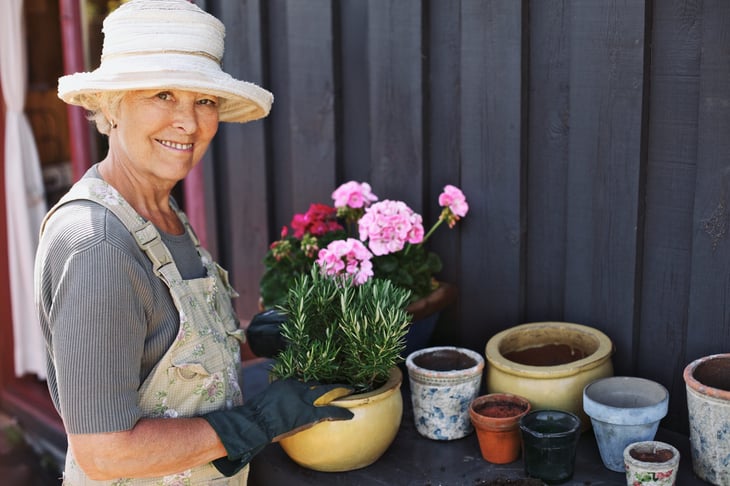 Jacob Lund / Shutterstock.com
Jacob Lund / Shutterstock.com
From ground covers and garden flowers to bushes and trees, there are plenty of water-wise plants to choose from for a drought-tolerant landscape.
The native plants in your region are often naturally water-smart for a few reasons:
- Native plants can grow deeper roots than non-native plants. This allows plants to retain more water.
- They’ve adapted to thrive in the typical conditions of your hometown. There are all kinds of drought-tolerant garden designs out there, but native species have an evolutionary advantage when it comes to your yard. This also means they’re often perennials!
- They won’t require much watering aside from rainfall once they’re established in your yard.
Looking for good native plants for your drought-tolerant landscape? Search for your ZIP code in Audubon Society’s native plants database for ideas.
succulents
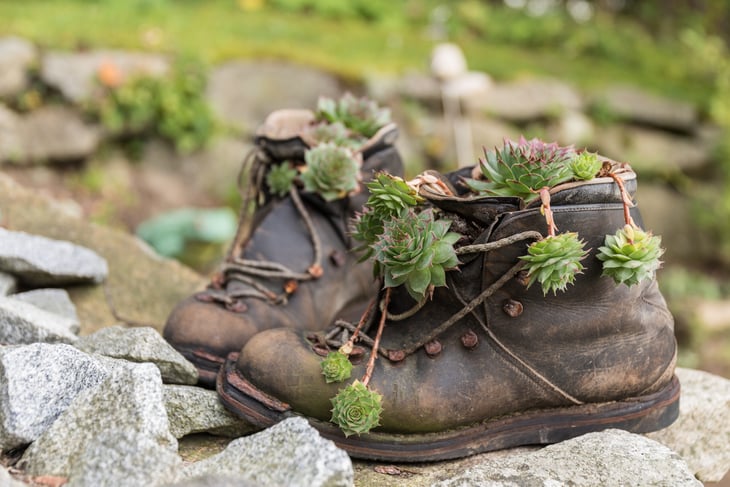 Photo agency Zoonar GmbH / Shutterstock.com
Photo agency Zoonar GmbH / Shutterstock.com
Succulents are having a major moment in gardening and landscaping, and for good reason – their fleshy leaves and stems store plenty of water, meaning they often don’t need much more than rainfall. Succulents can be grown in outdoor containers, rock gardens, and well-draining sandy soil.
Here are a few popular succulent plant families for drought-tolerant landscaping:
- Echeveriaincluding Black Prince and Blue Rose
- sedumsuch as the broadleaf stonecrop and creeping sedum
- Sempervivacold-hardy plants including Green Wheel and Royal Ruby
- Kalanchoesuch as the panda bear plant and desert rose paddle plant
Bushes
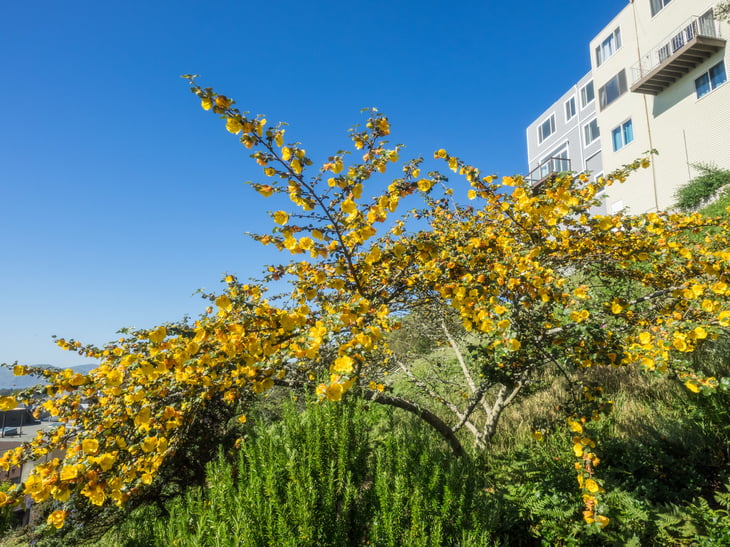 Mariusz S. Jurgielewicz / Shutterstock.com
Mariusz S. Jurgielewicz / Shutterstock.com
If you’re looking for something a little bigger than a succulent, there are plenty of drought-tolerant bushes available. Many of these species are native to the US and hardy throughout the year.
These drought-tolerant bushes may be right for you:
- Shrubby St. John’s word (Hyperium prolificum)
- Virginia sweetspire (Itea virginica)
- Bayberry (Myrica pensylvanica)
- California Flannel Bush (Fremontodendron californicum)
trees
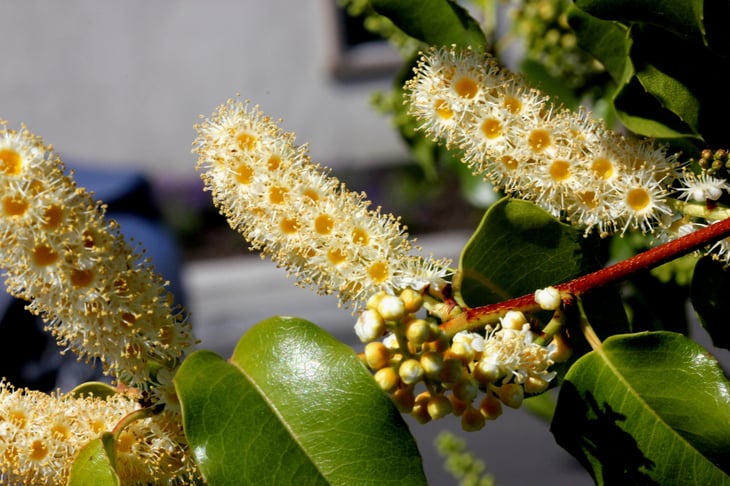 Gurcharan Singh / Shutterstock.com
Gurcharan Singh / Shutterstock.com
Want to escape the summer heat and bask in the shade? Drought-tolerant trees are your friend. These low-maintenance species have developed to take the heat no matter the weather.
- Hollyleaf cherry (Prunus ilicifolia)
- American smoke tree (Cotinus obovatus)
- Washington hawthorn (Crataegus phaenopyrum)
- Ginkgo (Ginkgo biloba)
Drought Tolerant Lawn Grasses
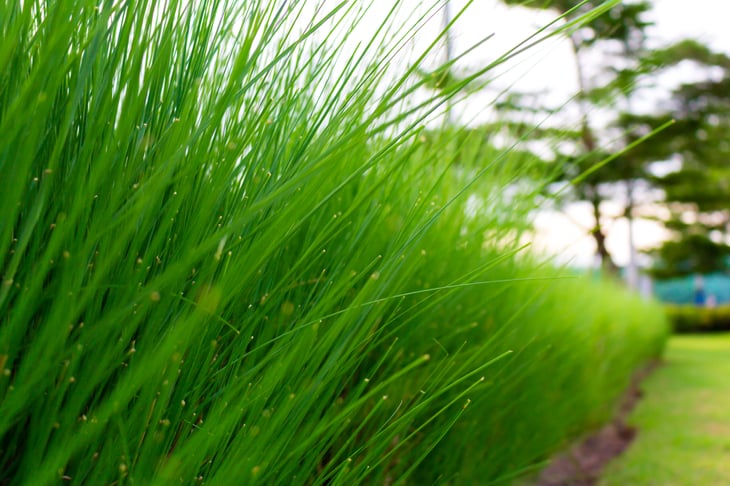 The_CLICK / Shutterstock.com
The_CLICK / Shutterstock.com
Lawns can require a lot of extra watering, particularly because many homeowners don’t have native grass species in their yards. These drought-tolerant grasses make lawn care easy:
- Sandberg’s bluegrass (poa secunda)
- Tall dress (Festuca arundinacea)
- Bermuda Grass (Cynodon dactylon)
- zoysia grass (Zoysia tenuifolia)
Ornamental Grasses
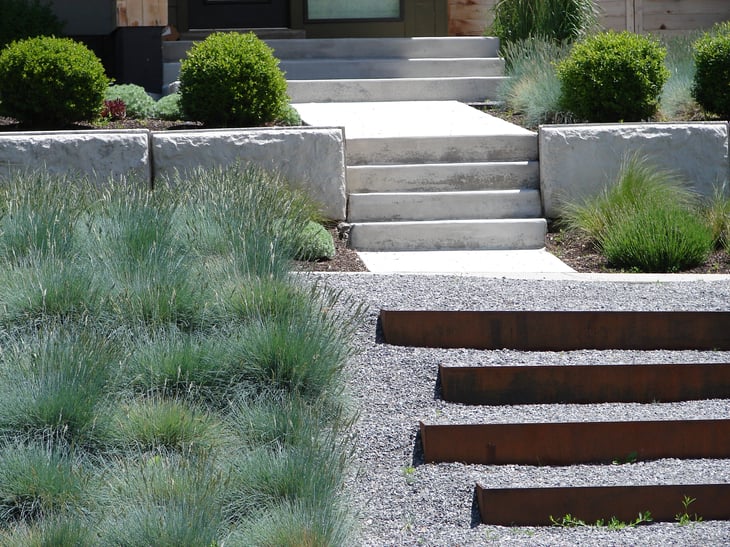 Kathryn Roach / Shutterstock.com
Kathryn Roach / Shutterstock.com
For accents and variety, try these drought-tolerant types:
- Blue security (Festuca glauca)
- switchgrass (Panicum virgatum)
- Feather reed grass (Calamagrostis × acutiflora)
- Big squirrel tail (Elymus multisetus)
Disclosure: The information you read here is always objective. However, we sometimes receive compensation when you click links within our stories.


Comments are closed.